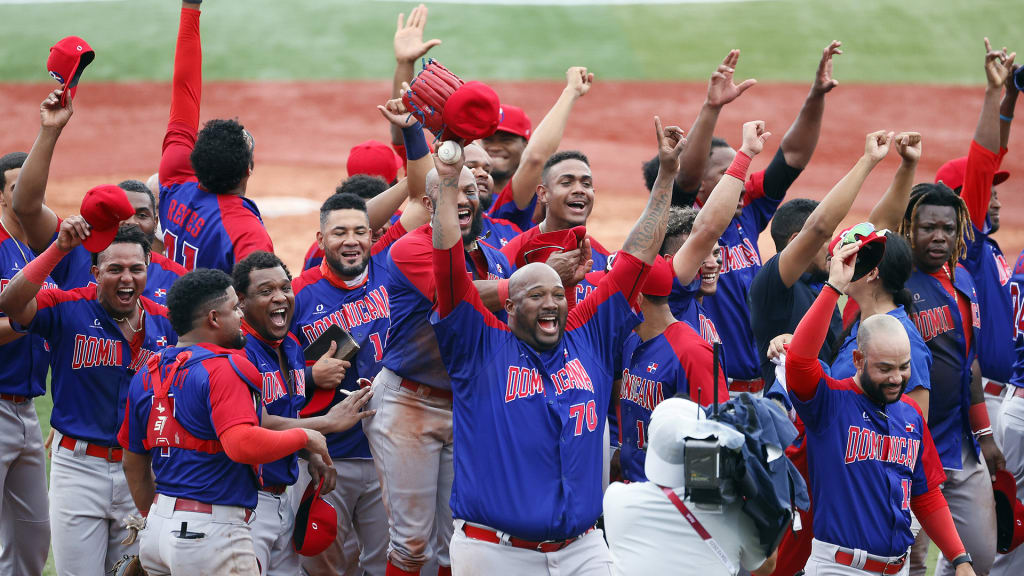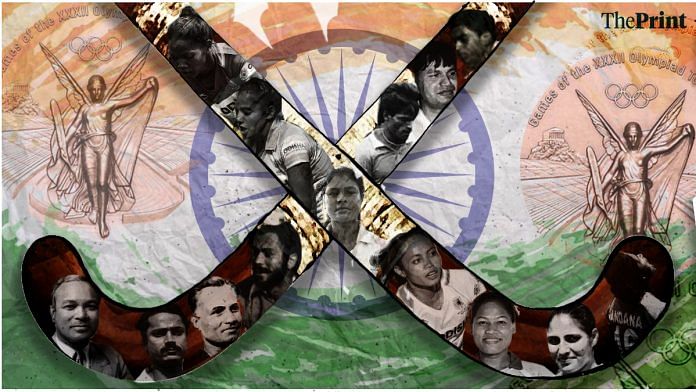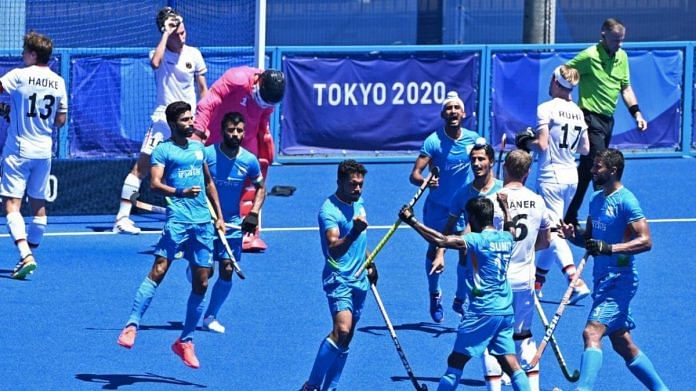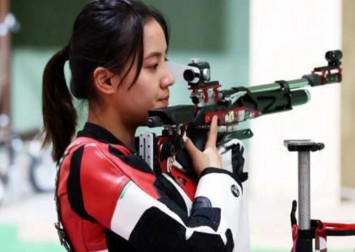
SpaceX CEO Elon Musk shared photos Friday of the company's Starship spacecraft stacked atop its Super Heavy Booster 4 on the Launch Mount at Starbase in Boca Chica, Texas, in preparation for the company's first orbital Starship launch. Photo via Elon Musk/SpaceX/UPI | License Photo
Aug. 6 (UPI) -- SpaceX briefly constructed the largest rocket ever made Friday, attaching the U.S. aerospace company's Starship spacecraft to the Super Heavy booster at its facility in Texas.
The combined height of the structure was 400 feet, nearly 40 feet taller than the next largest Saturn V rocket built by NASA.
The SpaceX rocket, though, will have about twice as much thrust as Saturn V, 70 meganewtons compared to 25 meganewtons.
SpaceX founder and CEO Elon Musk tweeted photos of the feat, saying it was "an honor to work with such a great team."
The two segments were connected at the Starbase R&D facility in Boca Chica, Texas, for about an hour Friday before workers took them apart again. The company used a large crane to put the two pieces together.
Pending Federal Aviation Administration approval, SpaceX plans to send the Starship into space aboard the Super Heavy for a single orbit around Earth in the coming months. Both segments will be ditched into the ocean, but the company plans to have controlled landings on land or aboard a sea platform so they can be reused, similar to its Falcon 9 rocket.
In May, SpaceX conducted its first successful launch and landing of the Starship, which will serve as a vehicle for moon and Mars landings. All previous tests ended in fiery explosions.
NASA selected the Starship to land astronauts on the moon as part of the planned Artemis missions. SpaceX also has sold a private flight around the moon using Starship to Japanese billionaire Yusaku Maezawa, scheduled for early 2023.
Paul Brinkmann contributed to this report


SpaceX CEO Elon Musk shared photos of the company's Starship spacecraft stacked atop its Super Heavy Booster 4. Photo courtesy Elon Musk/SpaceX | License Photo


It's a "dream come true" for the SpaceX founder who has his sights set on Mars.
Amanda Kooser
Aug. 6, 2021

The SpaceX Starship meant for an orbital test flight is stacked on a Super Heavy rocket in Texas. Elon Musk
With three words, "Starship fully stacked," SpaceX founder Elon Musk is seeing his vision of the future become reality. On Friday, Musk shared photos of a prototype Starship spacecraft and Super Heavy rocket together on a launchpad with the business end down and the pointy end up.
Musk had previously posted views of the Super Heavy rocket -- a 29-engine behemoth that's meant to escort Starship on a test flight into orbit for the first time -- on the pad at SpaceX's development facility in Boca Chica, Texas.
Musk's photo collection shows the Starship spacecraft being lifted to the top of the Super Heavy rocket and put into place. The pair reach nearly 400 feet (122 meters) in height.
When asked how it feels to see the space combo fully stacked, Musk replied on Twitter with "Dream come true." The SpaceX founder estimated it could take two weeks to work through a to-do list, including the installation of more heat shield tiles on Starship.
SpaceX has been conducting a series of short test flights in Texas with Starship prototypes, some of which survived the process and some of which exploded. The orbital Starship will be the most ambitious test yet and the first with the massive Super Heavy rocket needed to boost it to space.
A launch date for the test flight has not been set yet, and will depend on many factors, including finishing up the work on Starship and Super Heavy and getting approval from the Federal Aviation Administration. Sending Starship to orbit will be a big step toward Musk's even bigger dreams: carrying humans to the moon and Mars.
Elon Musk shares epic views of Super Heavy rocket moving to launch pad
The SpaceX beast is packed with rocket engines and raring to boost the Starship spacecraft into space.
Amanda Kooser
Aug. 5, 2021

There's something about seeing a rocket on Earth that stirs the imagination. It promises power and potential. On Wednesday, SpaceX founder Elon Musk shared a trio of stirring images of the rocket that's meant to escort a Starship prototype spacecraft into orbit.
"Moving rocket to orbital launch pad," Musk tweeted along with the photos showing the massive Super Heavy rocket dangling in the air from a crane.
Moving rocket to orbital launch pad pic.twitter.com/zZLiXIPD6M— Elon Musk (@elonmusk) August 4, 2021
Musk and SpaceX had recently shared some views of the 29 Raptor engines installed on the rocket, which will launch from the company's Starbase facility in Boca Chica, Texas. All that power is needed to boost Starship -- a spacecraft meant to eventually reach the moon and Mars -- for its first orbital test flight.
Engine fans will also enjoy a Musk tweet from Tuesday with a look at the business side of the first orbital Starship and the six engines mounted there.
All 6 engines mounted to first orbital Starship pic.twitter.com/l5QnQRSg3D— Elon Musk (@elonmusk) August 4, 2021
So far, SpaceX has "hopped" a series of Starship prototypes, some of which landed cleanly and some of which exploded. Getting into orbit would be a huge step toward Musk's more ambitious space exploration plans. SpaceX is planning to carry a group of artists around the moon, develop a lunar lander for NASA and one day take humans all the way to Mars.
While the Starship and Super Heavy rocket combo are making progress, there's no launch date set yet.
SpaceX shows off fully loaded Super Heavy ahead of next Starship launch
Elon Musk's Mars rocket is almost ready to fly, but the official green light is nowhere to be seen.
Eric Mack
Aug. 2, 2021

A view of the undercarriage of the latest Starship prototype. SpaceX
SpaceX and Elon Musk are eager to show the world that the first so-called "full stack" Starship prototype is nearing completion in Texas.
"29 Raptor engines and 4 grid fins have been installed on Super Heavy ahead of first orbital flight," the company tweeted Monday along with photos.
29 Raptor engines and 4 grid fins have been installed on Super Heavy ahead of first orbital flight pic.twitter.com/XHkCZ9VYK4— SpaceX (@SpaceX) August 3, 2021
Super Heavy is the massive booster created to launch Starship beyond Earth. So far, we've just seen Starship prototypes lift off on their own from the SpaceX Starbase development center at Boca Chica, Texas. To actually make it to orbit, Super Heavy has to enter the equation.
For those keeping track, 29 engines is two more than SpaceX uses for Falcon Heavy launches. The Heavy utilizes three Falcon 9 rockets, each containing nine Merlin engines. Raptors are also designed to deliver more than twice the thrust of each Merlin, so it's quite the power upgrade in Musk's next-generation launch system. You need that kind of power if you're trying to land on the moon for NASA and eventually on Mars.
Raptors on Super Heavy pic.twitter.com/jJy1vftHNB— Elon Musk (@elonmusk) August 2, 2021
SpaceX is planning to conduct its first orbital flight test for Starship using Super Heavy by launching the system from Starbase, making a quick trip to orbit and then attempting a soft splashdown landing of Starship in the Pacific Ocean off the coast of Hawaii.
After launch, Super Heavy will separate and attempt to land off shore of Starbase in the Gulf of Mexico on a landing platform created from a modified oil drilling rig.
Originally, comments from Musk, SpaceX officials and company filings suggested this test could happen as soon as July, but it soon became apparent this was a very optimistic target.
Now, even as Super Heavy and Starship appear fully stacked, it's unclear how soon SpaceX can complete the necessary testing and get all the required approvals from the Federal Aviation Administration for launch.
Federal law requires the completion of an environmental review before the first orbital flight from Starbase, a process which can take several months or even longer.
"SpaceX must meet all licensing requirements before Starship/Super Heavy can launch," an FAA spokesperson said via email in May. "There will be opportunities for public comment through the environmental review process."
Musk has sparred with the FAA on social media about its licensing process in the past and even launched an early Starship prototype without the proper license in place last year. The move led to some stern words from the agency and an internal review that delayed the following Starship test, but ultimately SpaceX received little more than the proverbial slap on the wrist for the violation.
Even without the green light to launch anywhere on the horizon, Musk and SpaceX are all too happy to show off Starship's progress. Whether or not it will do anything to speed up the bureaucracy remains to be seen.













